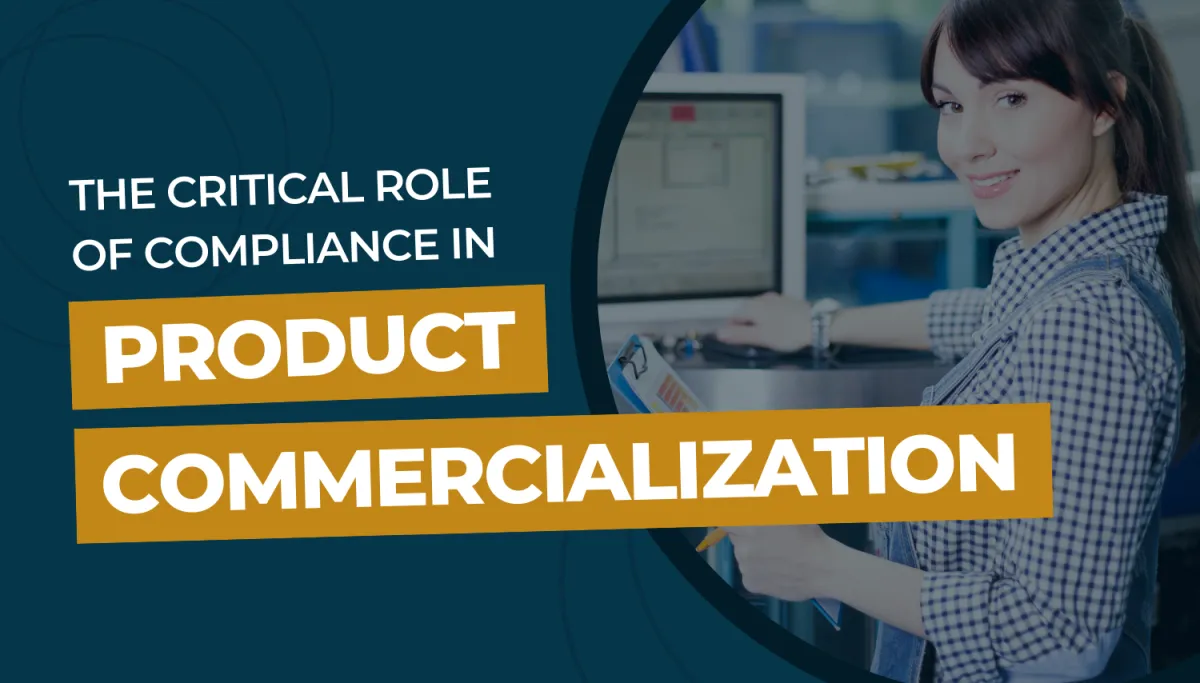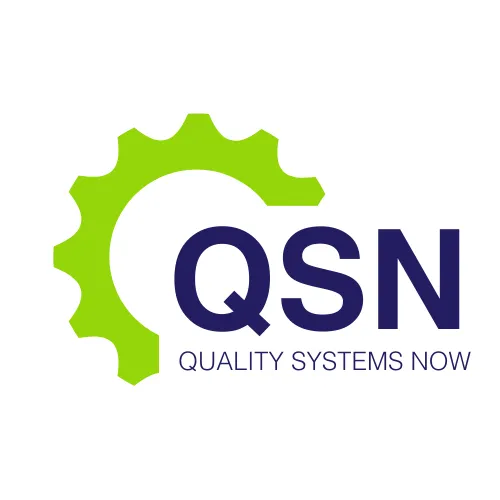LATEST NEWS

The Critical Role of Compliance in Product Commercialization
Underestimating regulatory compliance and regulatory affairs requirements can have catastrophic consequences for start-ups in the medicine or medical device industries. These sectors operate within stringent regulatory frameworks designed to ensure the safety, efficacy, and quality of products. However, many start-ups fall into the trap of viewing regulatory compliance as a secondary consideration, to be addressed only after product development is complete. This approach is fraught with risks, including compliance issues, delays, and even outright failure to bring a product to market.
This article explores the necessity of integrating regulatory considerations throughout the commercialization journey and the consequences of neglecting this critical aspect.
The Importance of Regulatory Integration
Regulatory compliance is not merely a “bolt-on” activity; it is an integral part of the entire product lifecycle, from R&D through to market entry and beyond.
Regulatory Compliance: A Foundation for Success
Regulatory frameworks, such as those set by the FDA, EMA, or TGA, are not arbitrary hurdles but are essential mechanisms to protect public health. For start-ups, adhering to these frameworks is crucial not only to ensure product safety but also to gain market access and build credibility with stakeholders.
For example:
In Pharmaceuticals: A new drug must demonstrate compliance with Good Manufacturing Practices (GMP) and meet requirements for stability, potency, and safety.
In Medical Devices: Manufacturers must comply with ISO 13485 standards and ensure conformity with device-specific regulations, such as the EU MDR or FDA 510(k).
Ignoring these requirements or treating them as an afterthought can result in products being deemed non-compliant, leading to rejection by regulatory authorities.
The Role of the Quality Management System (QMS)
A robust QMS is the backbone of regulatory compliance. It provides a structured framework for capturing and maintaining the documentation necessary for regulatory submissions, including design controls, risk management, and validation studies. Integrating a QMS early in the development process ensures that compliance is woven into the fabric of the product lifecycle, reducing the risk of costly rework or delays.
Consequences of Regulatory Oversight
Failing to integrate regulatory considerations throughout the development process can lead to significant challenges, including compliance issues, delays, and financial losses.
Compliance Issues
Non-compliance with regulatory requirements can manifest in several ways:
Product Non-Conformity: A product may fail to meet safety or efficacy standards due to insufficient validation or inadequate documentation.
Process Deviations: Manufacturing processes that are not validated or controlled may lead to batch failures or recalls.
Facility Shortcomings: Facilities that do not meet regulatory standards, such as cleanroom classifications or environmental controls, can jeopardize product approval.
These issues not only delay market entry but also damage the company’s reputation and erode stakeholder trust.
Costly Delays
Regulatory submissions rely on comprehensive documentation that is often labor-intensive to generate. Start-ups that delay addressing regulatory requirements until the end of development may find themselves scrambling to produce the necessary evidence, leading to:
Extended review timelines by regulatory authorities.
Missed opportunities for early market entry or competitive advantage.
Increased operational costs due to repeated testing or facility upgrades.
In worst-case scenarios, delays can lead to a loss of investor confidence and threaten the company’s financial viability.
Product Launch Failures
In some cases, regulatory missteps can prevent a product from reaching the market altogether. This may occur if:
Critical safety or efficacy data is missing or inadequate.
Regulatory authorities impose restrictions or deny approval based on non-compliance.
The company is unable to secure the necessary licenses or certifications to manufacture and distribute the product.
For start-ups operating on limited resources, such failures can be insurmountable, resulting in project termination.
Proactive Regulatory Planning
To avoid these pitfalls, start-ups must adopt a proactive approach to regulatory compliance, integrating it into their strategic planning from the outset.
Early Engagement with Regulatory Authorities
Engaging with regulatory authorities early in the development process can provide valuable insights into the requirements for product approval. This may include:
Pre-submission meetings to clarify expectations.
Guidance on study design or validation protocols.
Feedback on potential risks or areas of concern.
By fostering open communication with regulators, companies can align their development strategies with regulatory expectations, reducing the risk of surprises later on.
Building Regulatory Expertise
Start-ups often lack in-house regulatory expertise, making it essential to invest in skilled professionals or consultants who can navigate the complexities of compliance. Regulatory affairs specialists play a critical role in:
Interpreting and applying regulatory requirements.
Developing submission dossiers.
Liaising with regulatory authorities.
Having the right expertise ensures that compliance is managed efficiently and effectively.
Integrating Compliance into Development
Regulatory compliance should be embedded into every stage of the development process:
R&D Phase: Conduct initial risk assessments and establish design controls.
Clinical Phase: Ensure that clinical trials are designed and executed in compliance with Good Clinical Practice (GCP).
Scale-Up Phase: Validate manufacturing processes, equipment, and facilities to meet regulatory standards.
By adopting this integrated approach, companies can minimize risks and build a strong foundation for successful commercialization.
The Strategic Value of Compliance
While regulatory compliance is often viewed as a cost or burden, it should be seen as a strategic enabler. Companies that prioritize compliance are better positioned to:
Accelerate time-to-market by avoiding delays.
Build trust with regulators, investors, and customers.
Achieve sustainable growth by establishing robust operational frameworks.
Compliance is not just about meeting minimum requirements; it is about demonstrating excellence and commitment to quality.
Questions? Let's talk
Underestimating regulatory compliance and regulatory affairs requirements is a critical misstep that can derail even the most promising start-ups in the medicine and medical device sectors. Treating compliance as a bolt-on activity at the end of development is a flawed approach that invites significant risks, including delays, non-compliance, and product failure.
To succeed in today’s competitive and highly regulated markets, companies must integrate regulatory considerations throughout the commercialization journey. By prioritizing compliance, engaging with regulatory authorities, and building internal expertise, start-ups can navigate the complexities of regulatory landscapes and bring safe, effective products to market.
In the end, regulatory compliance is not just a necessity—it is a cornerstone of innovation, trust, and long-term success.
